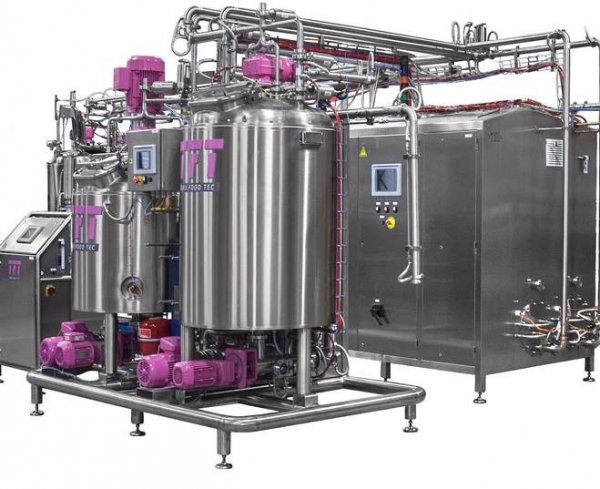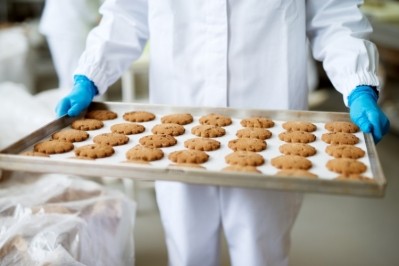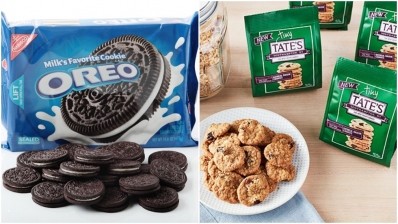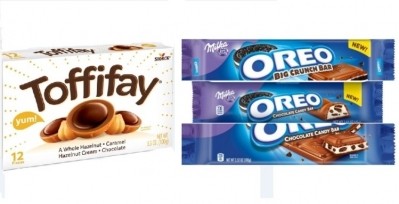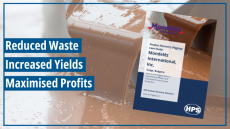Tanis Food Tec develops automated cream filler for sandwich biscuits
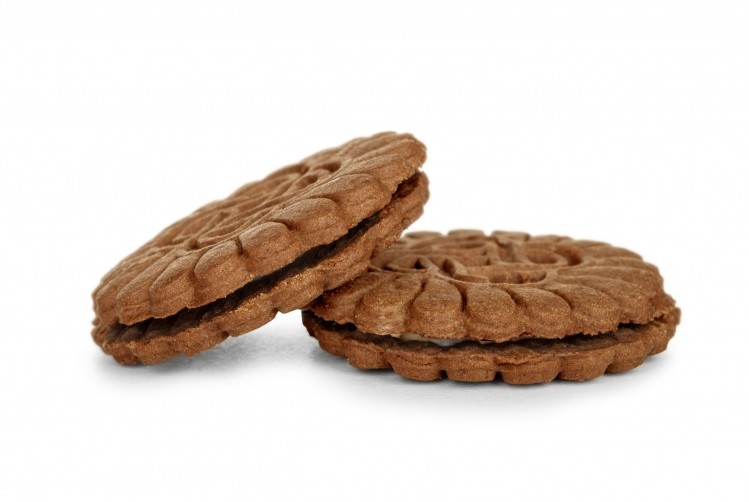
The line includes the RotoPlant which controls everything from one machine and one control system; the RotoTemp Scraped surface heat exchanger for crystalizing (plasticizing) and RotoPlus for aeration.
Less manual labor
The job of the TFT-RotoTemp is to cool down the cream prior to filling and then the partly crystalized filling is pressure fed to a stencil shaft at the right density, temperature and viscosity.
The benefits of the machine mean the product can be maintained at the ideal point of SFC (solid fat content).
“The challenge (for manufacturers) is to get higher production efficiency with less manual labor at a controlled specific gravity,” said Peter Tanis founder, TFT.
“Original cream sandwich lines need a lot of physical labour for transferring heavy non pumpable cream, with spades from mixers to forced feeding tanks. This can create muscle and joint injuries if its repeated too many times.
“In one particular case, the labour unions were enforcing fines to the customer if they were not solving this.
“TFT came up with a system totally eliminating these manual handling requirements and now everything can be transfered via the pumps.”
According to Tanis, there are many product configurations and fillings for biscuits including deposited soft biscuits, wire cut, rotary, and laminated biscuits.
In the past 25 years’ TFT has installed many lines for various sandwich lines for fillings such as cream, caramel, dulce de leche, marshmallow, fruit, peanut butter and jelly.
Oreo Sandwich
“The cream filled sandwich biscuit continues to be very popular, the Oreo Sandwich has been iconic since 1912. Aerated and non-aerated cream fillings are most often the starting point of a complete sandwich biscuit portfolio,” he added.
Tanis said there are two ways of applying a cream filling to a biscuit base: the Capper Principle where biscuits arrive at the capper from the oven, on a cooling conveyor in the same patterns as being baked.
After depositing, the second biscuit is put on top of the deposited cream by a venturi nozzle bar. The capper allows a range of biscuit shapes in combination with a variety of fillings such as cream, marshmallow, jelly, caramel, marmalades, peanut butter or a combination of fillings.
Benefits of this type of application include flexibility, easy changeover, and depositing soft and sticky fillings.
The second method is the Stencil Principle: after being baked, cooled and staggered the lane numbers are reduced and fed to the applicator at high speed.
The filling is pumped into a rotating stencil shaft then applies it onto the biscuit. Tanis said this system used to be labor intensive and inconsistent because the cream was produced in a ‘cold’ method, where plasticized fat was mixed with sugar, color, flavor and emulsifier.
The mixing bowls were brought to the line and the solid cream was scooped into the cream pots of the sandwiching machine.
TFT claims its automated system overcomes the labor intensive old system, because it feeds the cream in line to the stencil shaft based upon the TFT RotoTemp scraped surface heat exchanger.
Warm fat oil
The ingredients are mixed using a warm fat (oil) at a temperature above the melting point of the fat. This method keeps the cream pumpable and the product can be transferred from the mixing plant to the line through jacketed piping.
“Depositing or stencilling works more efficiently if the product is not varying in viscosity,” said Tanis.
“In the TFT Rotoplant (plasticizer aerator) the temperature and final density of the product are monitored and controlled. We always start with a melted product which is cool and then crystalized on the way to the sandwiching machine.
“Once the product is partly crystalized we can inject a gas. Temperatures of all jackets are controlled within 0,5°C.”

